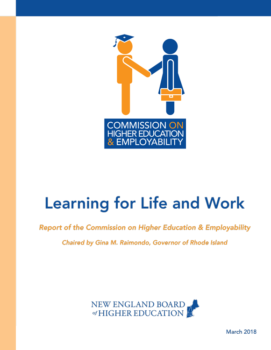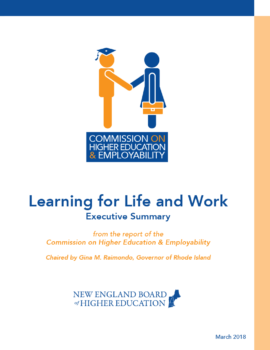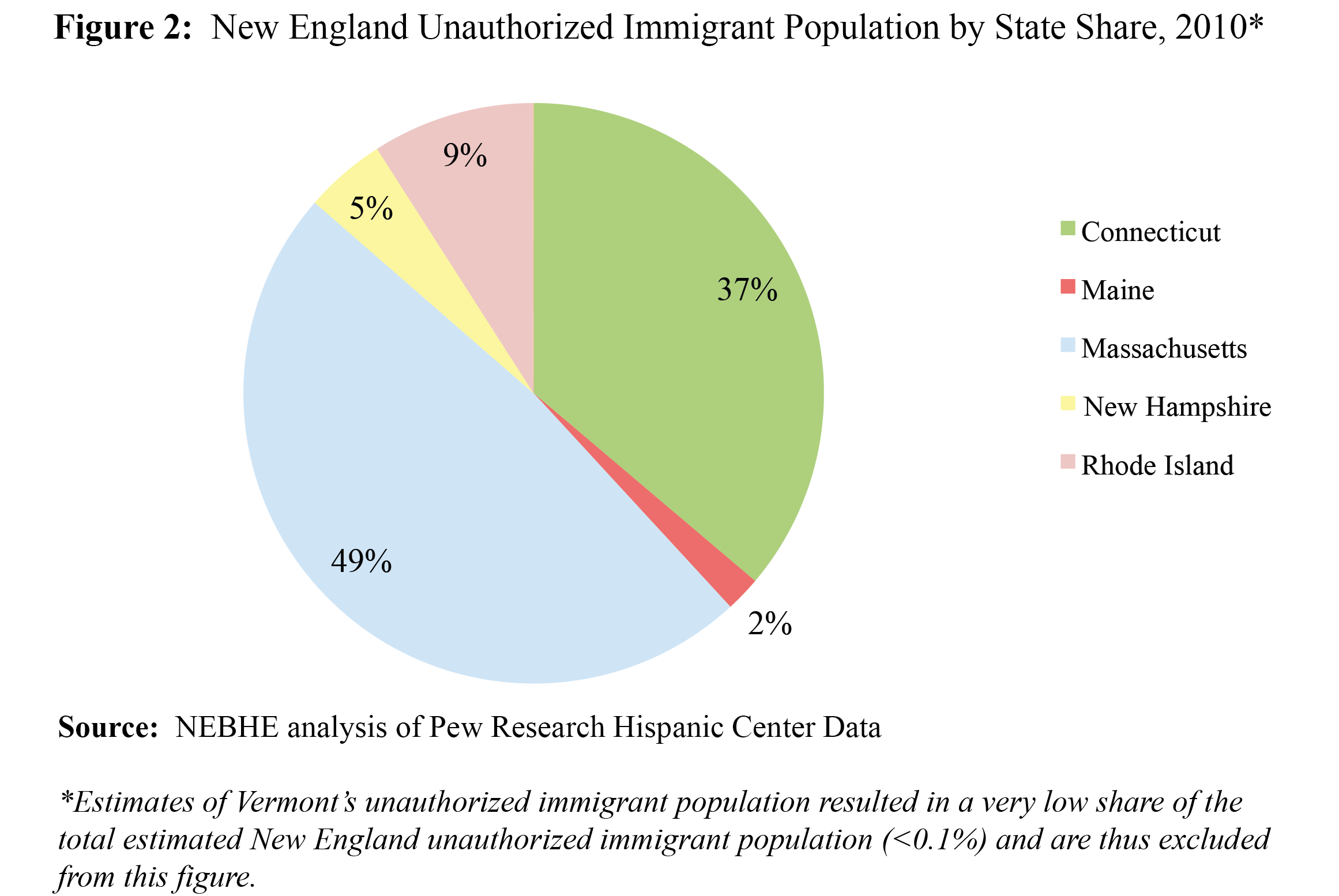 Immigration reform is gathering steam. In late January, a bipartisan group of U.S. senators announced an agreement on principles for immigration reform, that may include paths for undocumented immigrants to earn citizenship. Based on earlier immigration reform proposals, these pathways to “earning” citizenship will likely include earning a postsecondary degree after a high school diploma or equivalent credential. Enrolling in postsecondary education programs is already one way individuals can fulfill qualification requirements for the Obama administration’s Deferred Action Program.
Immigration reform is gathering steam. In late January, a bipartisan group of U.S. senators announced an agreement on principles for immigration reform, that may include paths for undocumented immigrants to earn citizenship. Based on earlier immigration reform proposals, these pathways to “earning” citizenship will likely include earning a postsecondary degree after a high school diploma or equivalent credential. Enrolling in postsecondary education programs is already one way individuals can fulfill qualification requirements for the Obama administration’s Deferred Action Program.
Unfortunately, affordable postsecondary education is increasingly hard to come by. Between 2007-08 and 2012-13, tuition and mandatory fees for state residents in New England rose by more than $2,600 at public four-year institutions and more than $900 at public two-year institutions. For out-of-state students, tuition and mandatory fees rose even more steeply—by an average of more than $4,400 at public four-year institutions and $1,600 at public two-year institutions.
These trends in the list price of public postsecondary education are especially hard-hitting for students who are not eligible for financial aid nor in-state rates. With poverty rates among children of undocumented immigrants (who themselves may or may not be undocumented) estimated at twice the rate for children of U.S.-born residents, any proposed pathway to citizenship (and even deferred action) may still be difficult to navigate.
Now that federal legislation is in the works, more states must examine their postsecondary educational policies, particularly tuition policies and their potential impact on undocumented students. Many states have begun by addressing the issue of financial affordability and extending in-state tuition eligibility to undocumented students. Currently, only 14 states offer in-state tuition to these students (with others limiting in-state tuition only to U.S. citizens), although discussion in additional states are currently underway.
Last fall, three New England states (Connecticut, Massachusetts and Rhode Island) extended in-state resident tuition rates to undocumented resident students. Vermont and Maine have not yet weighed in on whether undocumented students should receive in-state tuition. And, at the other end of the spectrum, students attending public institutions in New Hampshire must now submit an affidavit confirming their citizenship status in order to receive in-state tuition rates (Figure 1).
Figure 1: In-State Tuition Policies for Undocumented Students by New England State, 2012
 |  |
| Read the full Learning for Life and Work report here | Read the Executive Summary excerpt here |
Additional steps states might consider include:
- Passing legislation that would extend in-state tuition benefits to children born to undocumented immigrants
- Expanding state financial aid programs to undocumented students, as in California, Texas and New Mexico
- Weighing the impact on regional tuition agreements, such as NEBHE’s Regional Student Program Tuition Break.
Each year, an estimated 65,000 undocumented students, who have lived in the U.S. for five or more years, graduate from high school. Yet, estimates suggest that only 7,000 to 13,000 undocumented students are enrolled in college throughout the U.S—a figure often attributed to the high cost of college and lack of clearly defined pathways to citizenship. Unless more state policies complement federal programs for deferred action or possible future pathways to citizenship, any hope to support unauthorized young people toward citizenship will remain a dream.
Who are undocumented students?
The U.S. Department of Homeland Security defines unauthorized residents as foreign-born non-citizens who entered the country either without inspection or were admitted temporarily, but stayed past their date of legal residence. Children of such immigrants who are born outside the U.S. and lack legal documents are characterized as undocumented students.
According to the Pew Research Hispanic Center :
- There are approximately 11 million unauthorized immigrants residing within the U.S., comprising 3.7% of the population.
- Unauthorized immigrants’ share of nation’s workforce stands at 5.2%, or nearly 8 million.
- Mexico is the country of origin for more than half (58%) the population of the unauthorized immigrants.
- Nearly one in ten unauthorized immigrants is under age 18.
- It is estimated that approximately 334,500 undocumented immigrants reside in New England states, the majority in Connecticut and Massachusetts.
Note: Research assistance provided by former NEBHE policy and research intern Megha Tanwar.
Related Posts:
New Kind of Ellis Island as Second-Generation Immigrants Land on College Campuses
Study Finds In-State Tuition for Undocumented Students Boosts College Enrollment, Lowers High School Dropout RatesMass. Gov. Patrick Vows In-State Tuition for Illegal ImmigrantsImmigrants as “Jet Fuel” for Jobs in Mass.Papers? Fairfield Gets Grant to Study Undocumented StudentsBipartisan Support for DREAM Act
Immigrant Education by Marcia Drew Hohn
[ssba]

